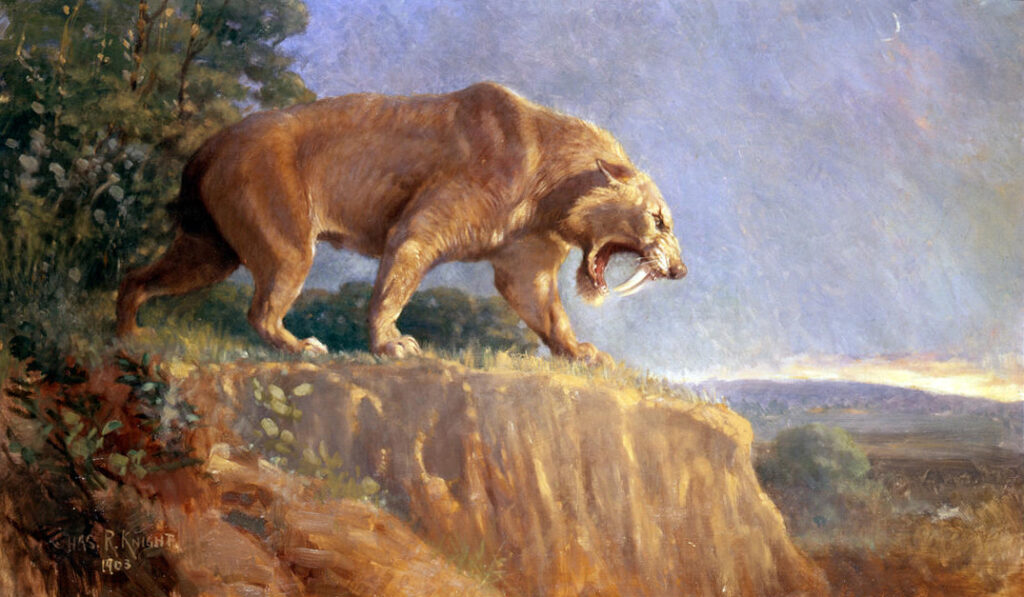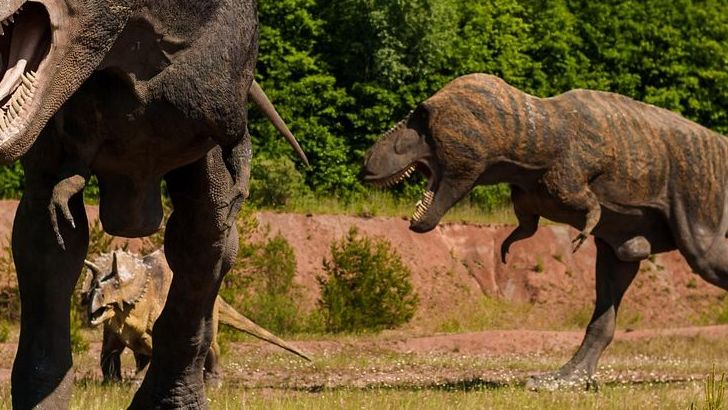Picture yourself walking through an Ice Age forest. Suddenly, a silent shadow emerges from the undergrowth. What you see defies everything you know about modern predators. This is no ordinary big cat, but a creature so fearsome that even today’s lions and tigers would think twice before crossing its path.
Saber-toothed cats were apex predators that ruled their ecosystems with an iron fist for millions of years. Those giant sabers of the Smilodon did have a purpose, of course, as nature always does, and in this instance, the purpose of the twin sabers was clear: to rip out the throat of something and turn it into dinner in one big bite. Their reputation as nature’s ultimate killing machines wasn’t built on myth, but on cold, hard evolutionary perfection.
So let’s dive into the world of these incredible predators and discover why they were the stuff of nightmares for every other creature of their time.
The Ultimate Killing Machine Built for Destruction
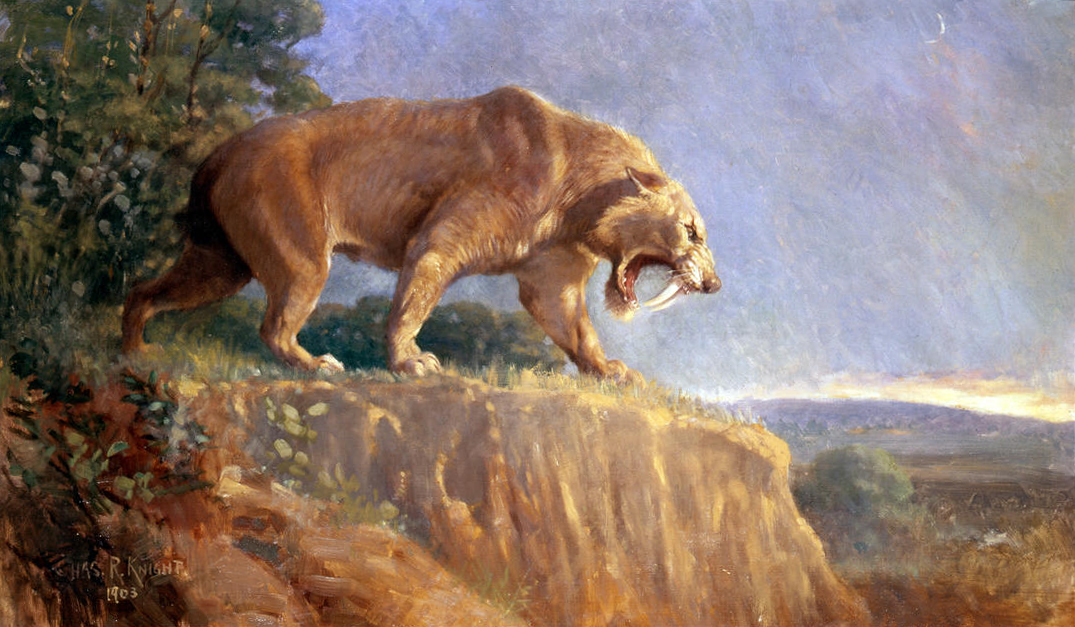
The saber-toothed cat wasn’t just impressive to look at. It was engineered for one purpose: efficient killing on a massive scale. Smilodon was around the size of modern big cats, but was more robustly built. These weren’t your typical felines lounging in the sun.
The Smilodon populator was the largest cat to have ever lived. This cat, the largest that ever lived, was the apex predator of the Eastern parts of South America from ten thousand years ago all the way back to one million years ago, and nothing at all could contend with it. The Smilodon populator was about 4 feet high at the shoulder, about 7.2 feet long, weighed up to around 880 pounds. Think about that for a moment – a thousand-pound killing machine with razor-sharp sabers. Even modern grizzly bears would be outmatched.
Teeth That Would Make Nightmares Jealous
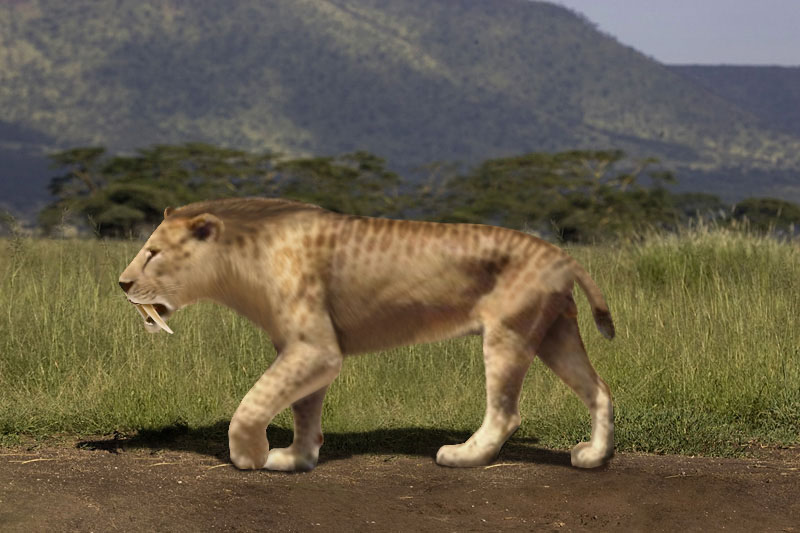
Smilodon is most famous for its relatively long canine teeth, which are the longest found in the saber-toothed cats, at about 28 cm (11 in) long in the largest species. These weren’t just oversized teeth – they were precision instruments of death. One of the most notable features of saber-toothed cats was their long, curved canine teeth. These teeth could grow up to 7-8 inches long, designed for slicing through flesh.
What made these fangs truly terrifying was their engineering. The canines were slender and had fine serrations on the front and back side. Imagine being hunted by a predator whose teeth were literally designed like serrated knives. In addition, Smilodon’s gape could have reached up to 120 degrees, while that of the modern lion reaches 65 degrees. This massive jaw opening allowed the saber-teeth to work their deadly magic without the lower jaw getting in the way.
Pack Hunters With Intelligence
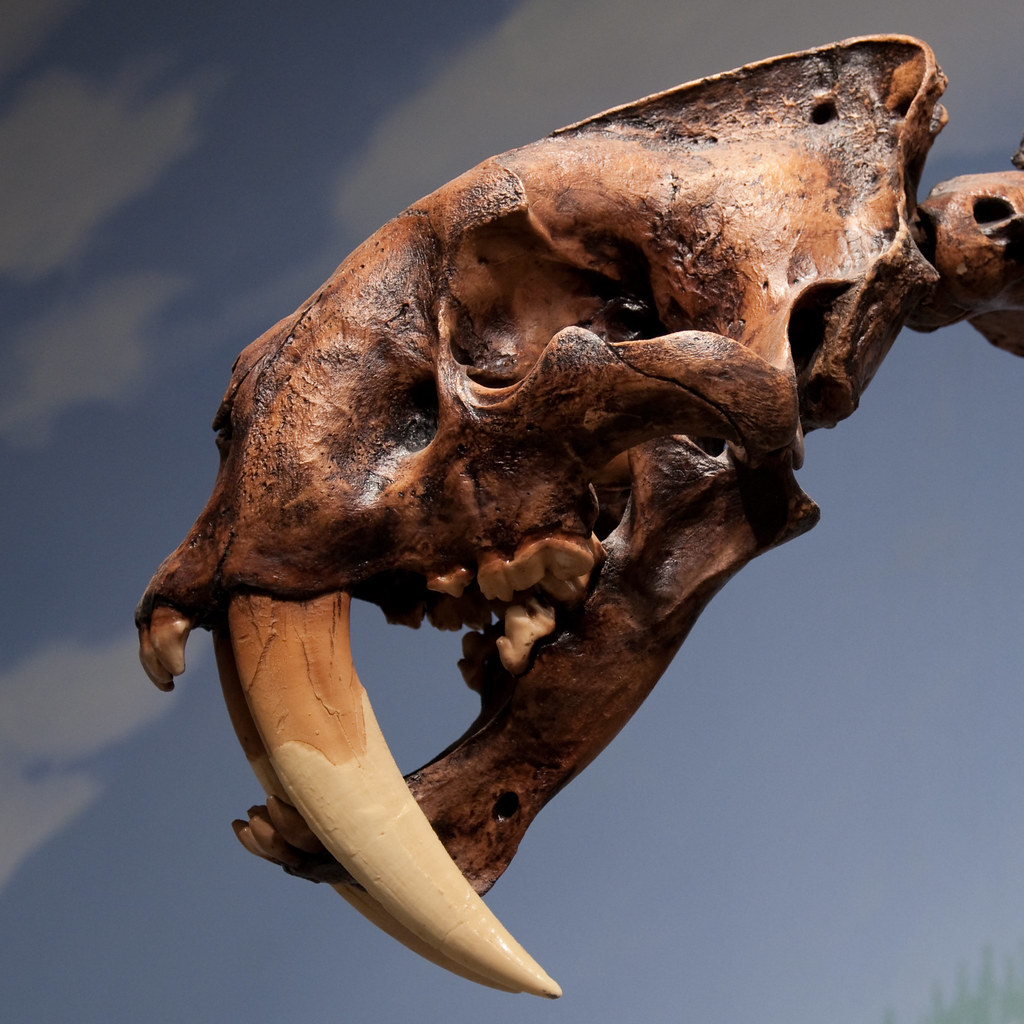
Evidence from the numbers found at the La Brea Tar Pits suggests that Smilodon, like modern lions, was a social carnivore. Unlike the solitary nature of most modern big cats, these ancient killers worked together. Further fossil evidence from the La Brea Tar Pits suggests that these cats may have lived and hunted in social groups, similar to modern lions. Many Smilodon skeletons show evidence of healed injuries, which has led paleontologists to believe that they may have cared for each other in social settings.
This social behavior made them exponentially more dangerous than any lone predator. This level of social cooperation would have been an important adaptation in a world full of dangerous megafauna, enabling them to take down larger prey. Imagine facing not just one saber-toothed cat, but an entire coordinated hunting party. Even the largest Ice Age mammals would have been helpless.
Hunting Techniques That Redefined Predation
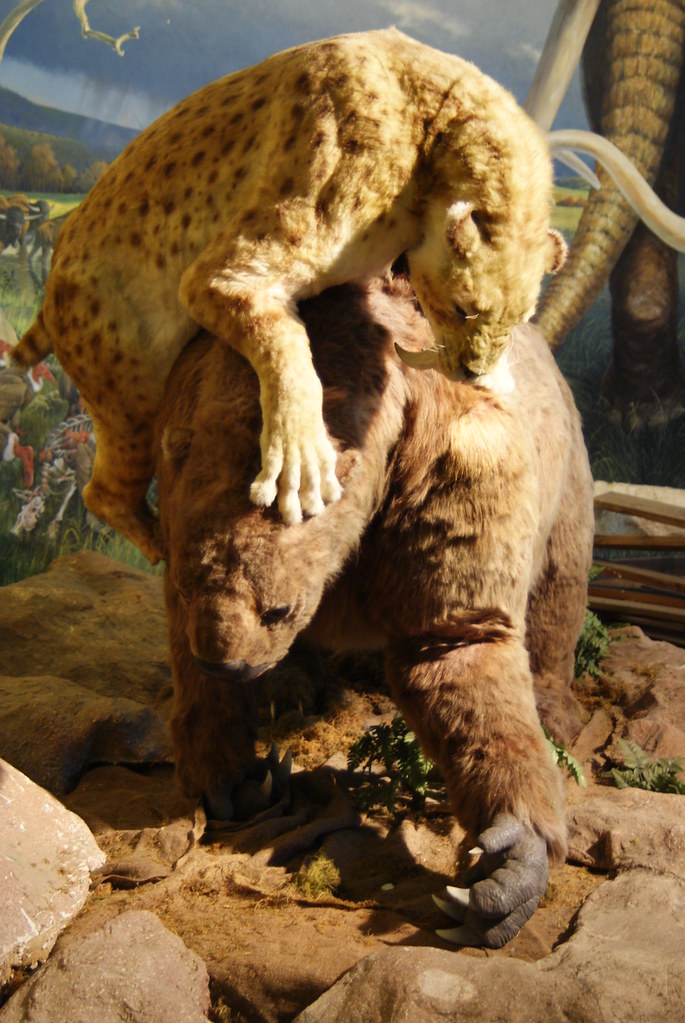
Instead, these cats used their canine teeth for slicing and ripping the softest parts of a prey animal — their throats and abdomens. Most likely, saber-toothed cats’ prey died slowly from loss of blood rather than quickly from strangulation or a broken neck. This wasn’t a quick death – it was methodical and brutal.
Instead of exhausting their prey through a long pursuit, the cats ambushed prey at a short distance and immobilized them using their massive forelimbs before killing the prey with precisely positioned bites. According to C.K. Brain, the saber-tooth would use a “downward thrust of the head, powered by the neck muscles” to drive the large upper canines into the prey. The precision was surgical, the results devastating.
Why Modern Lions Would Flee in Terror
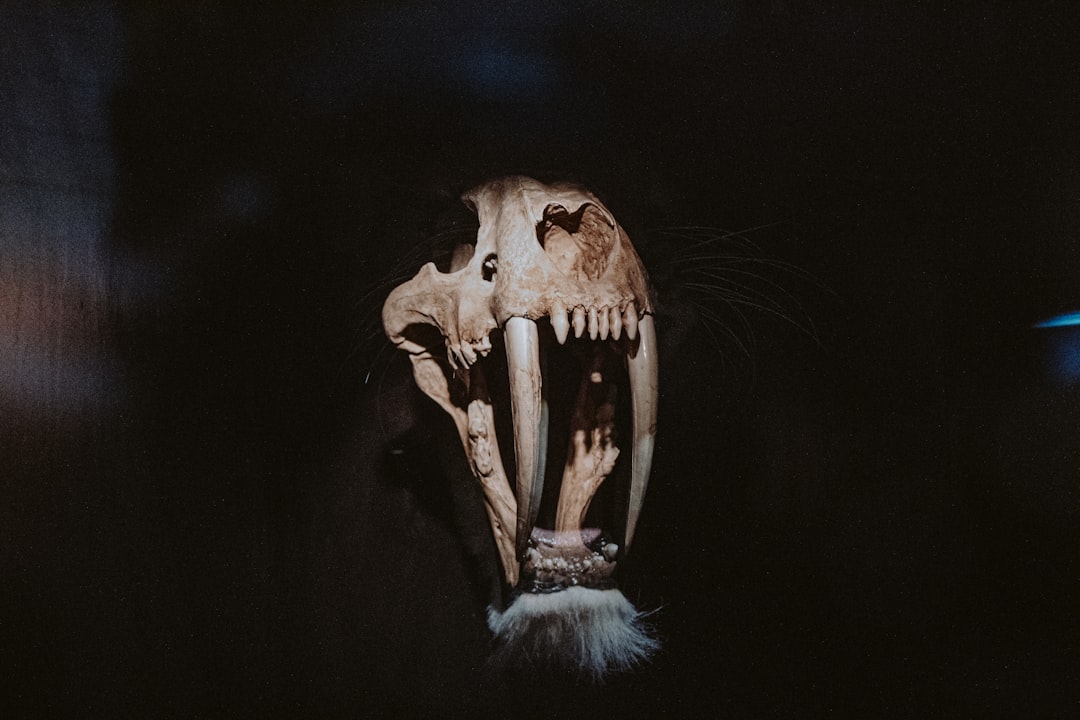
When you compare saber-toothed cats to today’s apex predators, the differences are staggering. Saber-toothed cats in the genus Smilodon were comparable in length and height to Siberian tigers but were generally more robust, stockier, and heavier. Indeed, though generally similar in size, tigers evolved for speed, stealth, and solitary hunting in dense forests and grasslands, whereas saber-toothed cats relied on strength and ambush tactics.
Saber-toothed cats have about the same linear dimensions of a lion or tiger (minus the tail; saber-tooth tails are very short, like a bobcat’s), but are more heavily built. So a lion-sized saber-tooth would weigh almost 600 pounds while a lion would weigh “only” 420-ish. The weight difference alone would make any confrontation between these species laughably one-sided. Add those eleven-inch fangs, and modern lions wouldn’t stand a chance.
The Extinction That Changed Everything
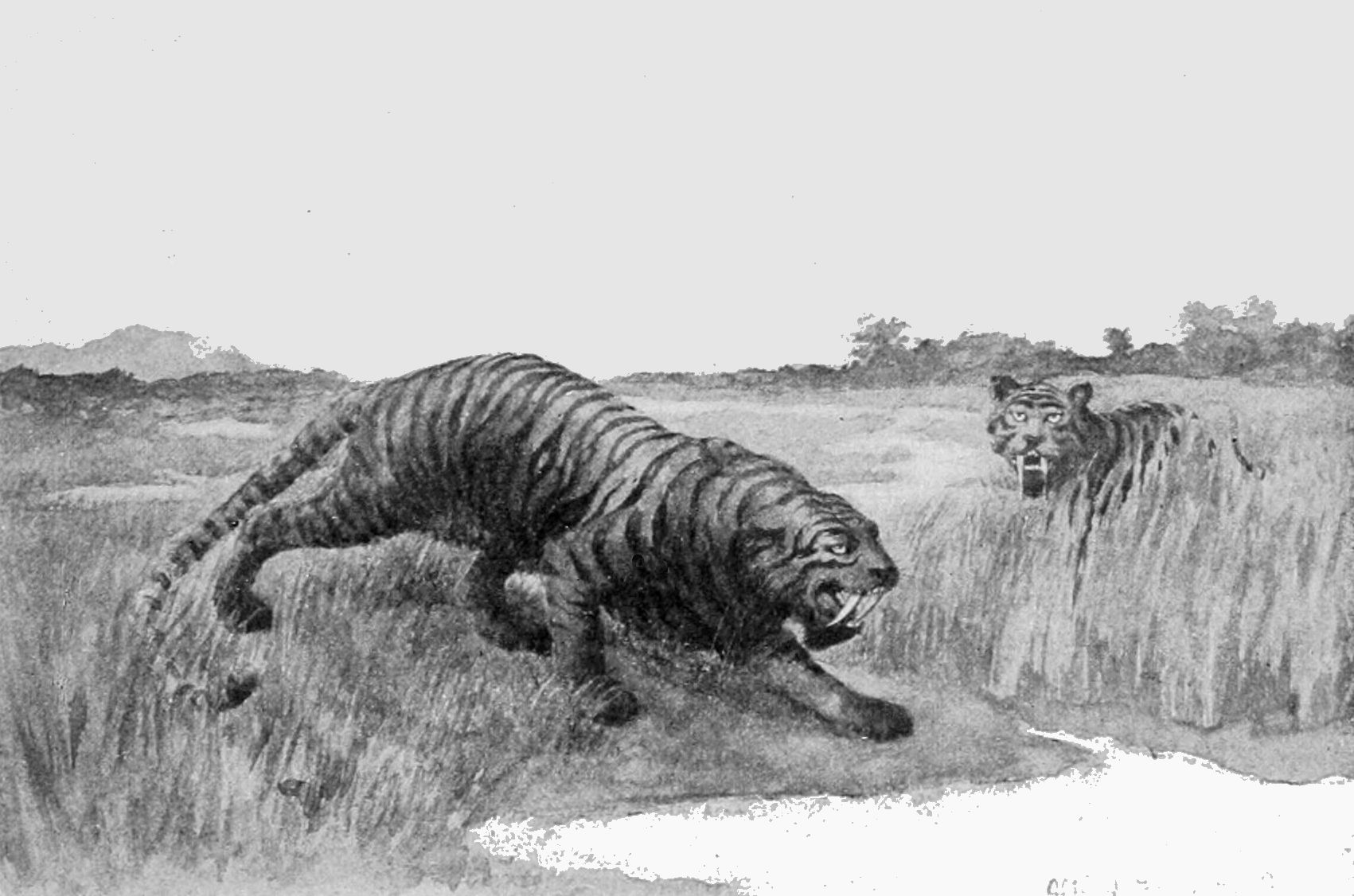
Other explanations include climate change and competition with Homo sapiens (who entered the Americas around the time Smilodon disappeared), or a combination of several factors. Smilodon lived in the Americas during the Pleistocene to early Holocene epoch (2.5 mya – 10,000 years ago). The end of these magnificent predators marked the close of an era when giants ruled the earth.
As humans multiplied, they surely decreased the number of viable Smilodon meals available, and perhaps the big cats slowly died out due to too few meals. The second idea is that as the ice age that allowed the ice bridge of the Bering Straight to have been formed ended, the changing temperatures changed the vegetation that grew in the Smilodon territories. Surely, it is most reasonable to conclude that a combination of the two things caused the loss of these large carnivores. Their extinction wasn’t due to weakness – it was because their world disappeared beneath them.
The saber-toothed cat represents the pinnacle of predatory evolution. These weren’t just big cats with oversized teeth – they were perfectly engineered killing machines that dominated their ecosystems for millions of years. Their combination of size, strength, intelligence, and those legendary fangs created a predator so formidable that no creature, ancient or modern, could match their lethal efficiency.
Though they vanished thousands of years ago, the legacy of these apex predators continues to captivate our imagination. They remind us of a time when true monsters walked the earth – and when being at the top of the food chain meant something entirely different than it does today. What would you have done if you encountered one of these legendary hunters in the wild?

